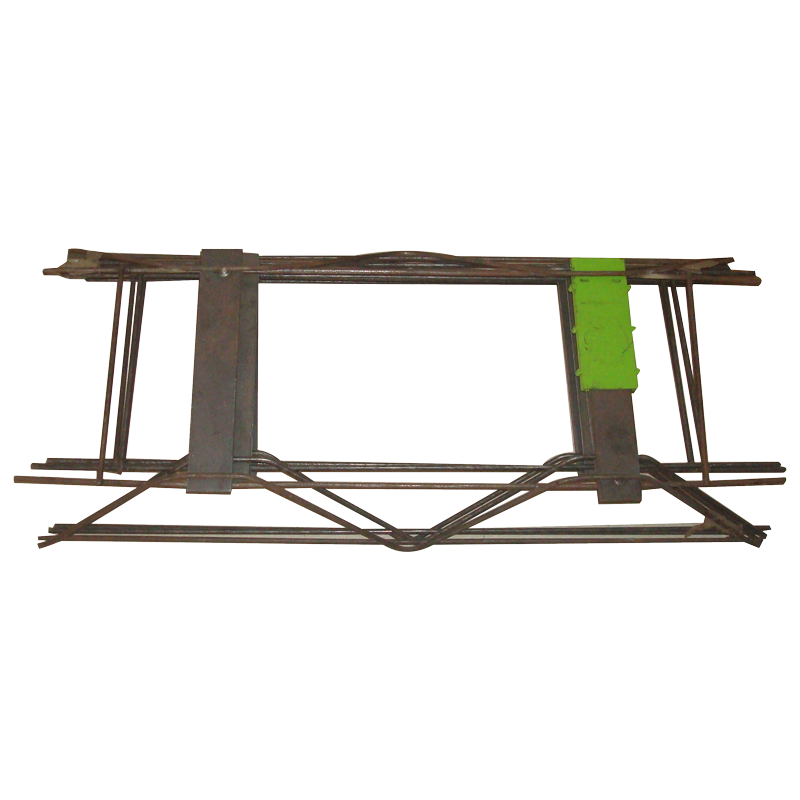
- Mobile Phone
- +8613931874955
- sales@cntcmetal.com
brick tie spacing requirements
Understanding Brick Tie Spacing Requirements
Brick veneer construction is a popular choice for both residential and commercial buildings, offering a combination of durability, aesthetic appeal, and low maintenance. However, to ensure the structural integrity and longevity of a brick veneer wall, it is crucial to adhere to specific construction standards, one of which is the proper spacing of brick ties. This article aims to explain the significance of brick tie spacing requirements, their function, and general guidelines to follow.
What Are Brick Ties?
Brick ties, often referred to as wall ties, are essential components that connect the brick veneer to the structural framework of a building. They serve to anchor the veneer securely to the backing wall, which may be made of wood, steel, or concrete. By providing support and stability, brick ties help to resist forces such as wind load and seismic activity, preventing the veneer from separating from the structure over time.
Why Are Spacing Requirements Important?
The spacing of brick ties is critical for several reasons 1. Structural Integrity Proper tie spacing is vital to maintain the overall strength of the wall assembly. Inadequate or excessive spacing can lead to insufficient support, causing the brick veneer to bow, crack, or even detach. 2. Moisture Management Brick walls are porous, allowing moisture penetration. Adequate ventilation is necessary to prevent the trapping of moisture between the bricks and the backup wall. Proper tie spacing facilitates this airflow, reducing the likelihood of mold and decay. 3. Aesthetic Considerations Uniform tie spacing can also contribute to the visual appeal of the wall. Uneven or inconsistent installation can lead to visible distortions, detracting from the overall appearance of the facade.
General Guidelines for Brick Tie Spacing
While specific spacing requirements can vary based on local building codes, material types, and structural conditions, there are general guidelines that most building professionals can follow
brick tie spacing requirements

1. Vertical Tie Spacing Brick ties are typically installed vertically. Standard practice is to place ties at intervals of 16 to 24 inches vertically, depending on the size of the bricks and the height of the wall. In some cases, additional ties may be required near the top of the wall or above openings, such as windows and doors.
2. Horizontal Tie Spacing Horizontally, ties should be installed with a maximum spacing of 36 inches. This horizontal installation helps to distribute the load evenly across the veneer while providing sufficient support.
3. Additional Ties for Higher Walls Taller brick walls or those subjected to higher wind loads may necessitate closer tie spacing. It is advisable to consult the local building codes or a structural engineer to determine the appropriate distance for specific scenarios.
4. Special Conditions Areas subject to extreme weather conditions or seismic forces may require specialized tie systems or closer spacing. Builders must consider these factors when designing their wall anchor systems.
5. Material and Type of Wall The type of material used for the backup wall (e.g., wood studs, steel studs, or masonry) can affect tie requirement specifications. Always consult local codes or manufacturer guidelines that align with the materials in use.
Conclusion
Adhering to brick tie spacing requirements is an essential aspect of brick veneer construction that directly impacts both the structural integrity and longevity of a building. By understanding the function of brick ties and following the recommended installation guidelines, builders can help ensure that brick veneer walls remain stable, visually appealing, and capable of withstanding various environmental conditions. Additionally, staying informed about local building codes and best practices is crucial for anyone involved in the design or construction of brick structures. Ultimately, attention to detail in tie spacing plays a fundamental role in the successful execution of a brick veneer facade.
share:
-
Your Source for Concrete Wall Ties and Masonry AccessoriesNewsJul.10,2025
-
Unlocking the Power of Iron Wire for Every ProjectNewsJul.10,2025
-
Explore Advanced Chain Wire and Stainless Steel Mesh FencingNewsJul.10,2025
-
Discover the Benefits of Annealed Wire ProductsNewsJul.10,2025
-
Discover China Stainless Steel Wire Mesh SolutionsNewsJul.10,2025
-
Build with Confidence Using High-Performance Masonry AccessoriesNewsJul.10,2025
-
Why Sacrificial Formwork Is Redefining Underground ConstructionNewsJun.06,2025



















